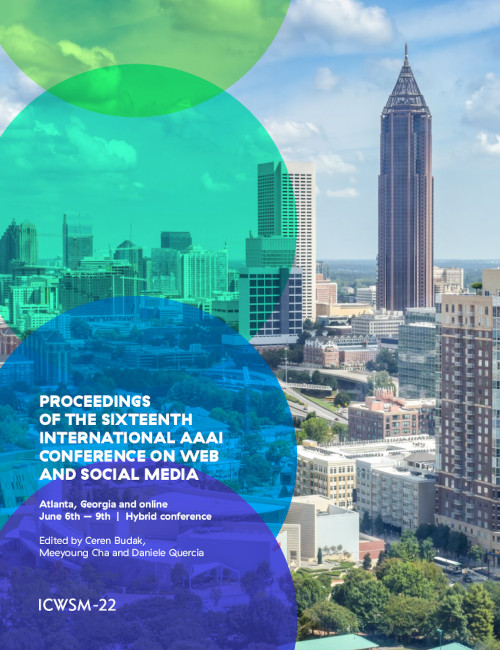Mining Points-of-Interest Data to Predict Urban Inequality: Evidence from Germany and France
DOI:
https://doi.org/10.1609/icwsm.v16i1.19286Keywords:
Web and Social MediaAbstract
Reducing inequality is a major goal of the Sustainable Development Goals. Inequality is many-sided and often appears across geographic boundaries. Urban inequality refers to inequality between urban neighborhoods. Despite close distances, it reveals considerable disparities in income level, unemployment rates, and other socio-economic indicators and is highly dangerous for democratic societies. However, little is known about determinants indicating urban inequality. Here, we propose to explain urban inequality based on point-of-interest (POI) data from the online platform Open Street Maps. For this, we leverage machine learning to predict three major indicators of urban inequality, namely, unemployment rate, income level, and foreign national rate. We evaluate our machine learning approach using POI data for neighborhoods in Paris, Lyon, Marseille, Berlin, Hamburg, and Bremen. We find: (1) POIs are highly predictive of intra-city inequality explaining up to 75% of out-of-sample variance of urban inequality. (2) POIs generalize across cities and, thereby, can help to explain urban inequality in other cities, where no socio-economic data is available. (3) Important POIs for the prediction model are, e.g., banks and playgrounds. To the best of our knowledge, our work is the first to show urban inequality through POIs. As such, POIs can be used to infer granular mappings of urban inequality and thereby provide cost-effective evidence for policy-makers.Downloads
Published
2022-05-31
How to Cite
Ganter, M., Toetzke, M., & Feuerriegel, S. (2022). Mining Points-of-Interest Data to Predict Urban Inequality: Evidence from Germany and France. Proceedings of the International AAAI Conference on Web and Social Media, 16(1), 216-227. https://doi.org/10.1609/icwsm.v16i1.19286
Issue
Section
Full Papers

